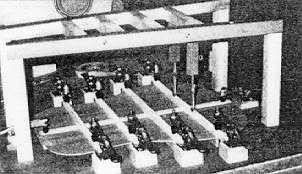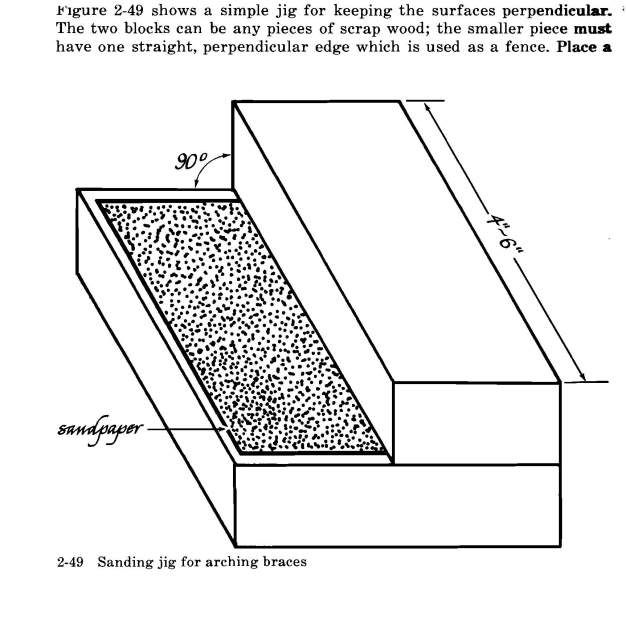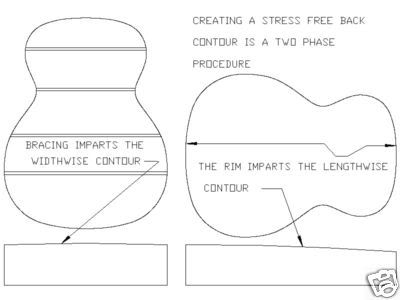



I had some trouble getting a good glue joint on a couple of the braces so I had to redo one. Next time I'll get to see if all is OK to proceed to shaping.




What if the rim is shaped with a dish as well so the back is shaped to the dish? I glue the braces in the dish as well. I am ready to learn. I have changed the way I prepare the top based on your other posts.kencierp wrote:I know that we see guys/gals sanding braces using a contoured dish but that is not how the geometry works -- the braces should be sanded "flat on the bottom" to the desired radius. Rubbing them in a dish tends to round the edges width-wise and poor glue surfaces are the result. The length-wise radius of the back plate is formed by the rim and is a non-issue relative to the small surface width of the braces.




I understand what you're saying, Ken. I used one of those little cauls to keep the brace from rocking while I sanded. I marked the underside with a pencil then started out side to side along the length of each brace to get the bulk of the arc, quitting once the pencil marks were all gone. The I sanded back and forth across the width of the brace. The profiles of the gluing surface of my braces did look a lot like this illustration you provided; not only is there an arc along the length of the brace but across the width as well:kencierp wrote:I know that we see guys/gals sanding braces using a contoured dish but that is not how the geometry works -- the braces should be sanded "flat on the bottom" to the desired radius. Rubbing them in a dish tends to round the edges width-wise and poor glue surfaces are the result. The length-wise radius of the back plate is formed by the rim and is a non-issue relative to the small surface width of the braces.
